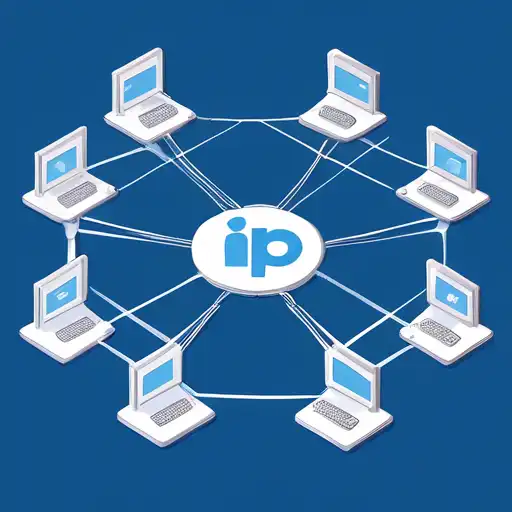Introduction to IP Addresses
In the digital world, an IP (Internet Protocol) address is akin to a home address for your computer or device on the internet. It's a unique identifier that allows devices to communicate with each other over a network. Understanding IP addresses is fundamental for anyone looking to grasp the basics of networking.
What is an IP Address?
An IP address is a numerical label assigned to each device connected to a computer network that uses the Internet Protocol for communication. It serves two main functions: identifying the host or network interface and providing the location of the host in the network.
Types of IP Addresses
There are two versions of IP addresses currently in use: IPv4 and IPv6.
- IPv4: This is the most widely used version, consisting of four numbers separated by dots (e.g., 192.168.1.1). Each number can range from 0 to 255.
- IPv6: Developed to deal with the exhaustion of IPv4 addresses, IPv6 addresses are longer and consist of hexadecimal numbers separated by colons (e.g., 2001:0db8:85a3:0000:0000:8a2e:0370:7334).
How IP Addresses Work
When you type a website address into your browser, your device uses the Domain Name System (DNS) to translate the domain name into an IP address. This IP address is then used to route your request through the internet to the server hosting the website.
Static vs. Dynamic IP Addresses
IP addresses can be either static or dynamic.
- Static IP Addresses: These are permanent and do not change over time. They are often used by servers hosting websites or services that need a constant address.
- Dynamic IP Addresses: These are temporary and can change each time a device connects to the network. Most home networks use dynamic IP addresses assigned by the ISP.
Why Understanding IP Addresses is Important
Knowing how IP addresses work is crucial for troubleshooting network issues, setting up a home network, or advancing in IT and networking careers. It's the foundation upon which the internet and local networks operate.
Conclusion
IP addresses are the cornerstone of internet and network communication. Whether you're a beginner looking to understand networking basics or someone interested in IT, grasping the concept of IP addresses is essential. With the transition from IPv4 to IPv6, the landscape of IP addressing is evolving, making it an exciting time to learn about networking.
For more insights into networking, check out our guide on Networking Basics.
